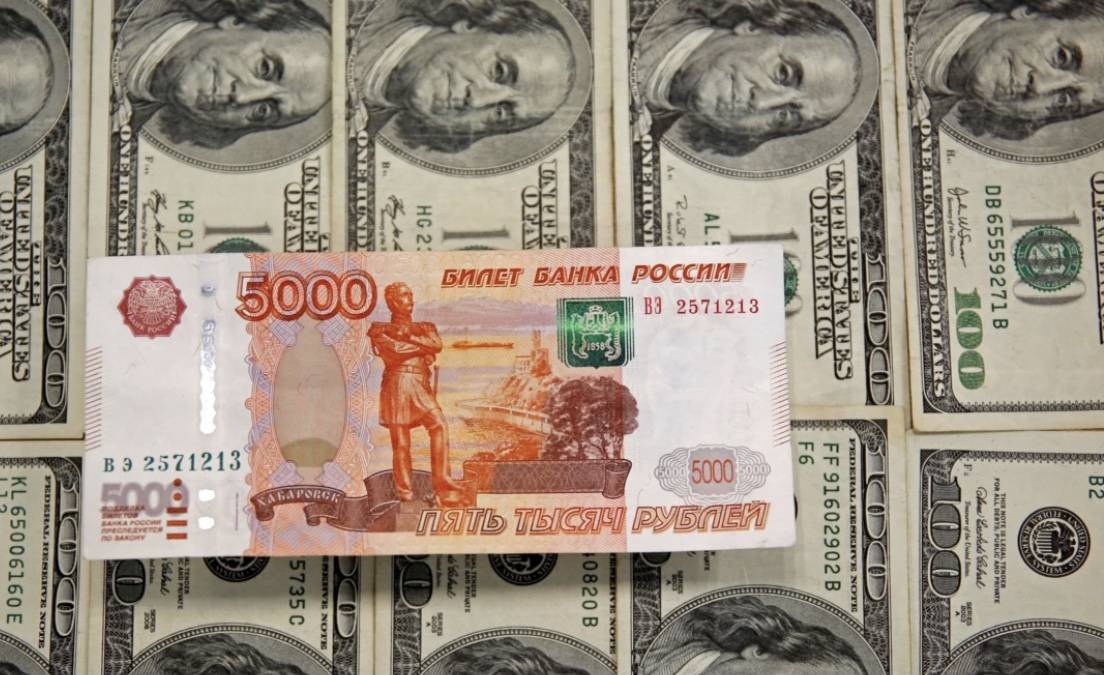Cuba is ready to accept the ruble, the Russian currency, in stores and restaurants

Three Russian banks decided to open branches in Cuba and have already submitted the necessary applications to the island’s Central Bank (BCC), said Boris Titov, Russia’s presidential commissioner for Entrepreneurs’ Rights.
The opening of banking institutions also includes projects providing payment in rubles in the short term.
In March, Cuban ATMs began accepting Russian MIR payment system cards, allowing cash withdrawals from Russian cards, and converting rubles into Cuban pesos.
This card system is also accepted in Vietnam, South Korea, and former Soviet republics, including Armenia, Belarus, Kazakhstan, Kyrgyzstan, Tajikistan, South Ossetia, and Abkhazia.
MIR was devised in 2014 when Russia first faced a wave of sanctions in connection with incorporating the Crimean peninsula, a territory in Eastern Europe with 2.4 million inhabitants.
The platform emerged after financial services companies Visa and MasterCard restricted transactions with some banks in Russia at the time, and in December 2015, the cards began to be issued.
The vice president of the Russian government, Dmitri Chernyshenko, said they expect that “very soon, with Russian cards, you can pay in stores, cafes and restaurants” in Cuba.
HAVANA-MOSCOW RAPPROCHEMENT
The announcements come in a context of intentions to relaunch bilateral relations between Moscow and Havana, with the possibility of opening direct maritime and port links and the offer made by the Cuban government to Russia to make use of land in the country for 30 years for leasing.
Days ago, Cuban President Miguel Díaz-Canel acknowledged the food and fuel import problems the country is suffering.
“It is costing us more work to acquire in time the food basket, and we have a basket assembled based on imports,” he told the island’s media.
The UN estimates that Cuba imports about 80% of the food it consumes.
The country suffers from food shortages and a 75% year-on-year food inflation as of March 2023, according to the state-run National Statistics and Information Office (ONEI), despite various measures to promote national production and a Food Sovereignty Law.
From January 2022 to May 19, 2023, the Cuban peso lost 61% of its value against the dollar and thus became the fourth most devalued currency in the world, after the Zimbabwean dollar, the Venezuelan bolivar, and the Lebanese pound, according to the Currency Watchlist of economist and university professor Steve Hanke.
The ruble is not far behind; since the beginning of the year, it has lost 16% of its value against the dollar (80.16) and 13% against the euro (86.35).
The Economic Commission for Latin America and the Caribbean (ECLAC) forecasts that the Cuban economy will grow by 1.5% in 2023, down from 2.0% in 2022.






0 Comment